L’meadowsweet (Filipendula ulmaria) is a plant belonging to the family of Rosaceae. On many texts it is indicated with the basionimo of Spiraea ulmaria and it is widespread spontaneously throughout Italy (except in the islands). It grows mainly in the mountains, especially in fresh meadows and at the edge of the woods. It is a plant with excellent medicinal properties and for this reason it is used in herbal medicine, even in the home.
In this article we know its botanical characteristics, its beneficial properties and its most common uses.
Common names of the meadowsweet
The genus name, Filipenduladerives from the union of the Latin terms fílum=row And péndulus=pendant, probably referring to the long filamentous stamens of the plant’s flower. But the meadowsweet also has many common names, such as: spirea, queen of the meadows, ulmaria, marsh meadowsweet, goat beard.
Finally, it also has regional names, especially in the northern regions where the plant is more widespread, for example: queen of j pra And reina des près in Piedmont, beard de cavra in Lombardy, sparzi de mont in Friuli, golden flower And reginella in Tuscany.
Description of the meadowsweet
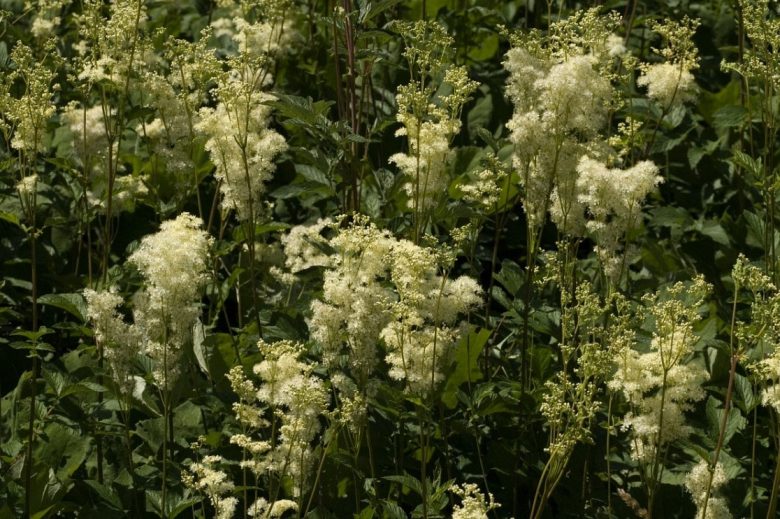
There Filipendula ulmaria it is a perennial herbaceous plant, of the biological type scapose hemicryptophyte, that is, it survives by means of buds placed at ground level. The root system consists of a horizontally creeping, gnarled and lignified rhizome. The stems are born from the rhizome, erect and up to 1.50 m high. These have a glabrous surface, with a simple structure or, at the limit, branched only at the top.
Leaves
The leaves of the meadowsweet are of different types. The basal ones, up to 50 cm long, have a long petiole, are imparipinnate with 2-5 pairs of larger leaflets, between which other small leaves are inserted. The leaves of the stem are simpler and have two small orecchiette-shaped leaves at the base.
Flowers
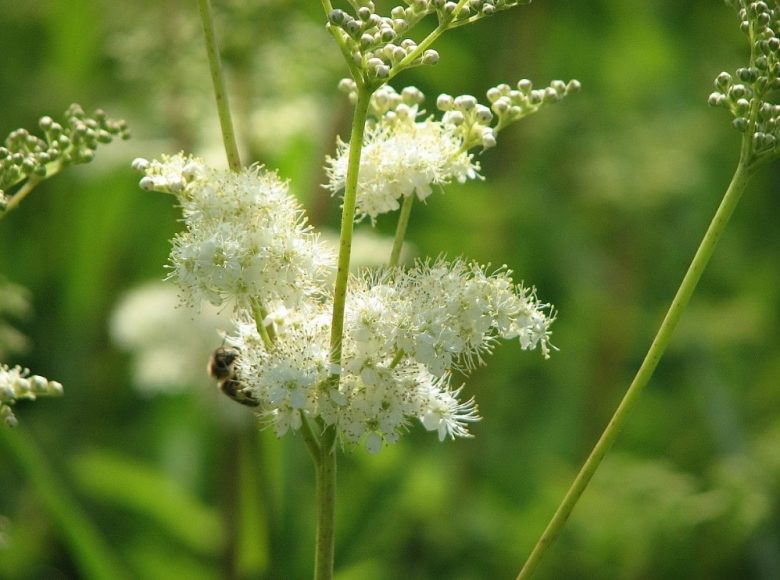
The flowers are gathered in a widely branched terminal panicle. They are branched, very fragrant and with the calyx formed by 5 triangular sepals often folded back. The corolla has 5 or sometimes 6 petals, white-cream color, oval shape.
Flowering occurs in summer, with flowers that are very popular with bees for collecting pollen and nectar.
Fruits and seeds
The multiple fruit is a polyacene, formed by 6-10 small hairless achenes wound in a spiral. The seeds inside are oblong, with a flattened outline and brownish color.
The harvest of the meadowsweet
The useful parts of the meadowsweet are the flowering tops and the rhizome. The flowers are harvested between June and August, cutting off 20 cm below the inflorescence. The rhizome, on the other hand, is harvested between September and October, digging with the hoe or, better still, with the spade. Once plucked, it is washed, cleaned from the lateral roots and cut into pieces of 5-10 cm. The pieces split into 2 in the longitudinal direction if the thickness is excessive.
storage
The flowering tops, gathered in bunches, are dried in the shade, in an airy place. The rhizome, on the other hand, is dried in the sun. The flowers are best kept in glass jars, while the rhizome can be kept for a long time in paper bags.
Active ingredients and properties of meadowsweet
THE main constituents from the Filipendula ulmaria I am: essential oil (containing mainly salicylic aldehyde and methyl salicylates), flavonic glycosides, vitamin C. The properties of spirea derive from these active ingredients, namely: aromatizing, diuretic, purifying, antirheumatic, antigout, astringent.
Indications
The flowering tops of the meadowsweet have always been one of the most valid remedies for the phytotherapeutic treatment of all forms related to the stagnation of water and uric acids in the body, of which they favor the elimination through the urinary and sudorific tract. Modern studies have confirmed its powerfully diuretic and purifying action, useful in dropsy, obesity, edema of the limbs and joints, gout, acute joint rheumatism and cellulite.
The diuretic action facilitates the elimination of small kidney and bladder stones.
The rhizome is instead considered specific for intermittent fevers and, for external use, as a tonic and astringent.
Furthermore, the studies confirm also what is attributed to it by traditional use, since it was once used as an anti-inflammatory, gastroprotective and antioxidant.
The meadowsweet, as well as spontaneous in the fields, is possible easily find in herbal medicine in different formulations.
Domestic use
In the home, the flowered tops are the part that is used the most. For internal use it is possible prepare an infusion as a purifying drink and to stimulate diuresis. We proceed with 1-2 g of dried flowers in 100 ml of water, to be consumed in 1-2 cups a day. The taste is pleasant, the spirea being pleasantly aromatic.
For external use, as an astringent and adjuvant in the reduction of swelling of the extremities and joints, the infusion is prepared with 3 g of flowers in 100 ml of water. It is useful for making compresses, partial baths or foot baths.

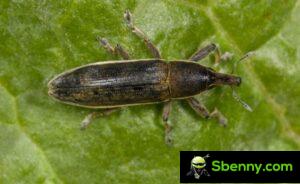
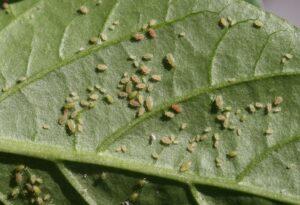
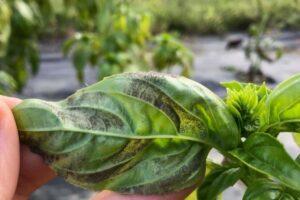
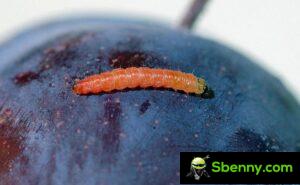
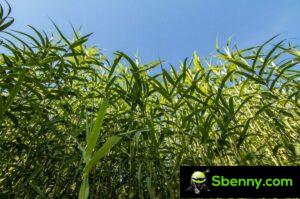
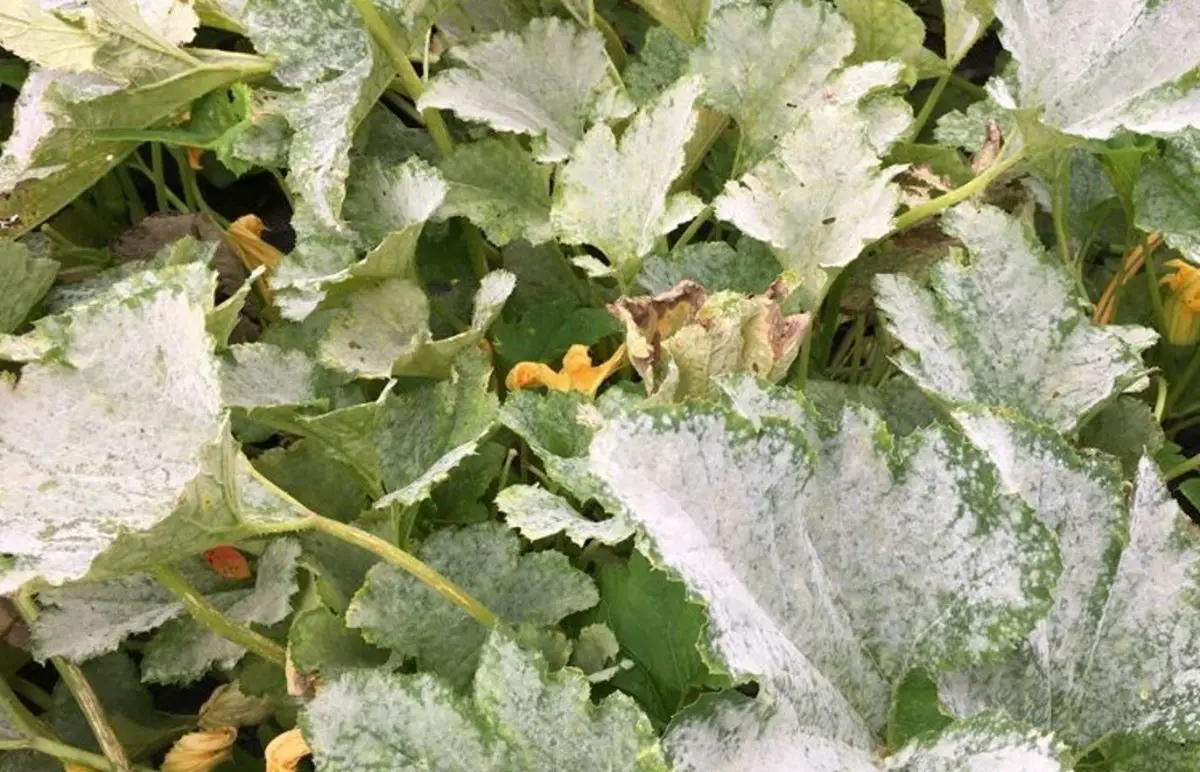
Start a new Thread